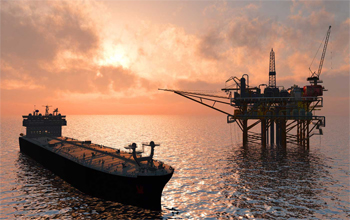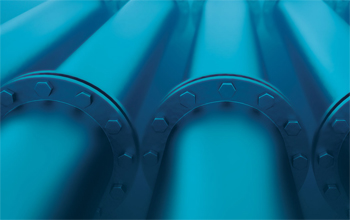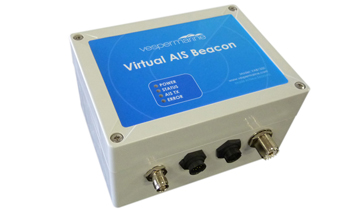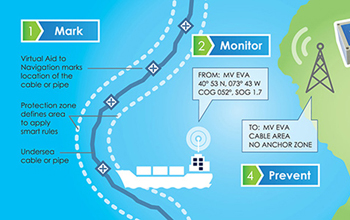Virtual AIS / Virtual Automatic Identification System
Easily make marine hazards visible
The world’s first Virtual AIS beacon makes susbsea hazards at sea visible without the need for costly physical infrastructure such as marker buoys or where it may be totally impractical to deploy them.
The electronic virtual markers are recognised by the International maritime organisation (IMO) as a virtual aid to navigation (VAton)
When a virtual AIS beacon electronically marks hazards they become visible on ECDIS, chart plotting and other AIS systems and can be used to prevent collisions and protect marine assets such as subsea cables, sites of scientific interest or no go areas for example marking out hazardous areas such as marine bombing ranges.
• Easy to install and maintain
• Allows AtoN markers to be positioned in locations where it is impossible to install physical markers
• Cost effective – 65 AtoN markers inclusive
• Add / remove AtoN markers easily
• Very low cost of ownership
The Vespermarine AtoN marker system would typically be of interest to local port authorities wishing to identify hazards close to port entries, oil & gas, subsea industry, renewables and utilities - all for the protection of subsea assets including cables and pipelines, aquaculture or non-standard marine operations.
By adding a VHF transmitter station, either vessel or shore installation the virtual AIS beacons provides a source of information for the Watchmate asset protection service. This upgrade will allow the operators to monitor AIS traffic in the vicinity of their asset, record marine traffic and communicate using AIS alert messaging service. When used with Watchmate asset protection your marine assets are monitored and guarded 24/7 with smart rules automating alerts to you and to vessels that pose a potential risk to themselves and your asset.
Examples of users
Perenco oil & gas – uses single AIS beacon to electronically mark each rig and their anchorages and also to mark out no go areas for other vessels. Since the implementation of the virtual AIS the company has managed to reduced vessel strikes and damage to their assets.
CGG seismic survey – CGG operate the worlds’ largest fleet of geological survey vessels. The vessels can tow an array of cables upto 5 miles in length and are frequently damaged by vessels passing across her stern. Following successful trials of the virtual AIS beacons vessels deploying the system can monitor and alter passing vessels to the hazards her towed arrays present. As mentioned all vessel activity is recorded and should a vessel ignore the AIS alert and subsequently cause damage the data logged may be used to recover any financial losses.








